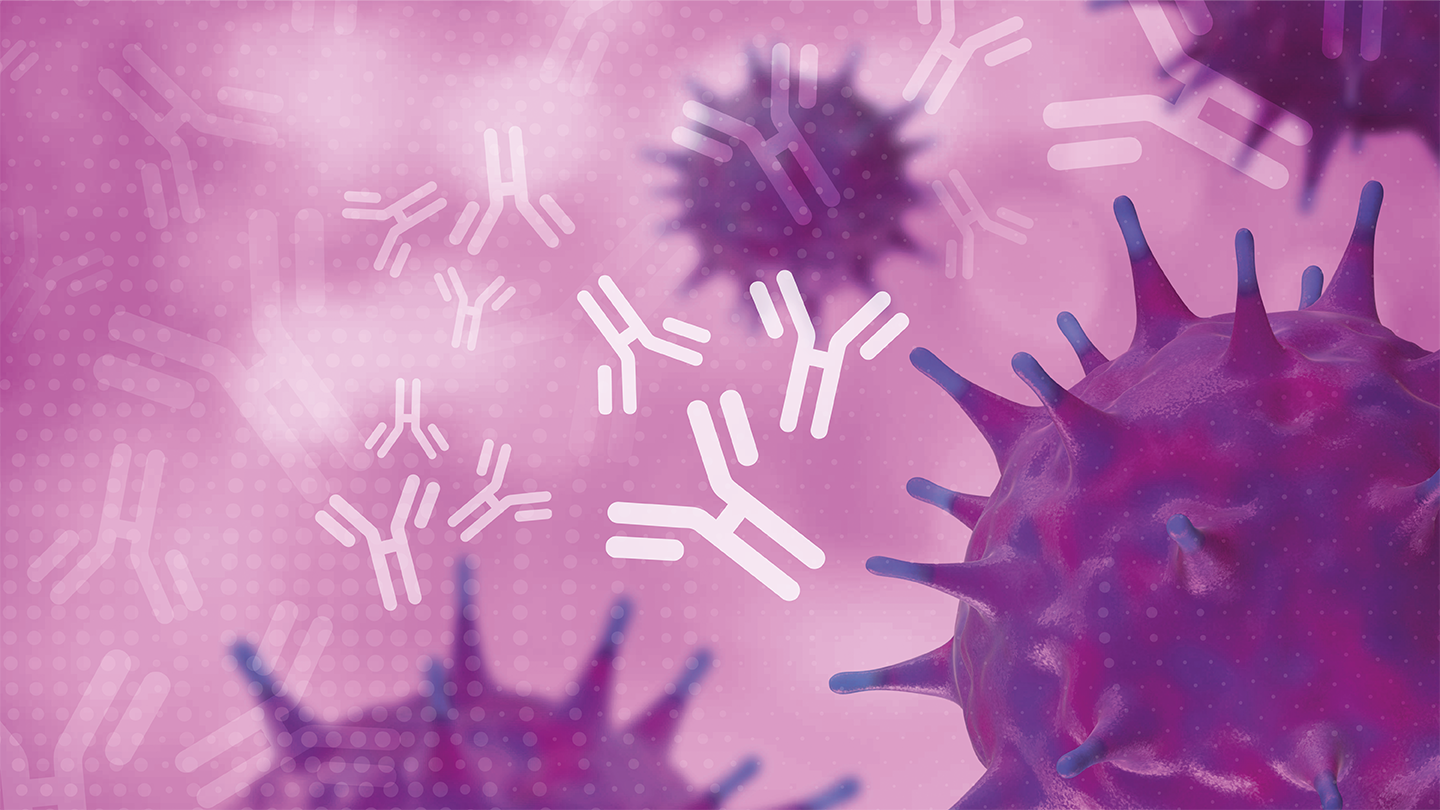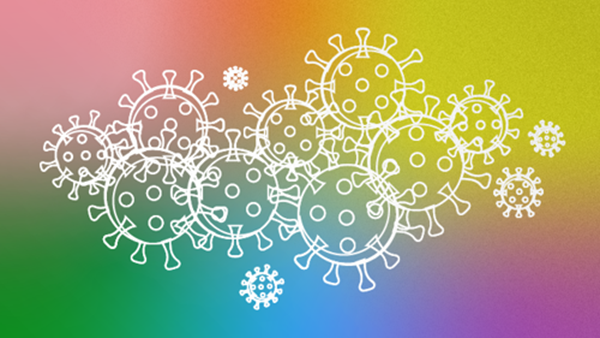A Heightened Zoonotic Threat?
Researchers confirm spillover of H5N1 avian influenza virus to dairy cattle
A Nature study reports the spillover of a new highly pathogenic avian influenza (HPAI) H5N1 virus clade 2.3.4.4b into dairy cattle, as well as evidence of sustained mammal-to-mammal transmission, for the first time (1).
The virus is known for causing widespread death in domestic and wild birds and the findings – in particular, transmission at a non-traditional interface – raise concerns about the pandemic risk for humans.
The study documents a morbidity event affecting dairy cattle in nine farms across Texas, New Mexico, Kansas, and Ohio, beginning in January 2024. Affected cows exhibited several symptoms, including reduced feed intake, breathing difficulties, and a drop in milk production – with the milk turning yellowish and resembling colostrum. Viral RNA was consistently found in milk samples, linking these symptoms to HPAI H5N1 infection and the observed clinical symptoms.
Diagnostic investigations using real-time reverse-transcriptase PCR (rRT-PCR) revealed the presence of HPAI H5N1 in various tissues, particularly in the mammary gland. High viral loads were also found in milk and other tissues, such as the lung and supramammary lymph nodes. These findings suggest that milk could be a key route for transmission to other species – such as farm cats, which may drink raw milk.
Indeed, the researchers documented viral sequences recovered from birds, domestic cats, and a raccoon. The spread of the virus between farms was also noted, suggesting both local and interstate transmission – likely due to cattle movement, wild birds, shared equipment, and personnel.
There is concern that HPAI H5N1 clade 2.3.4.4b will adapt to its new mammalian host and increase the risk of increased infectivity and transmissibility to humans; however, no human cases have been reported from the affected farms in this study.





